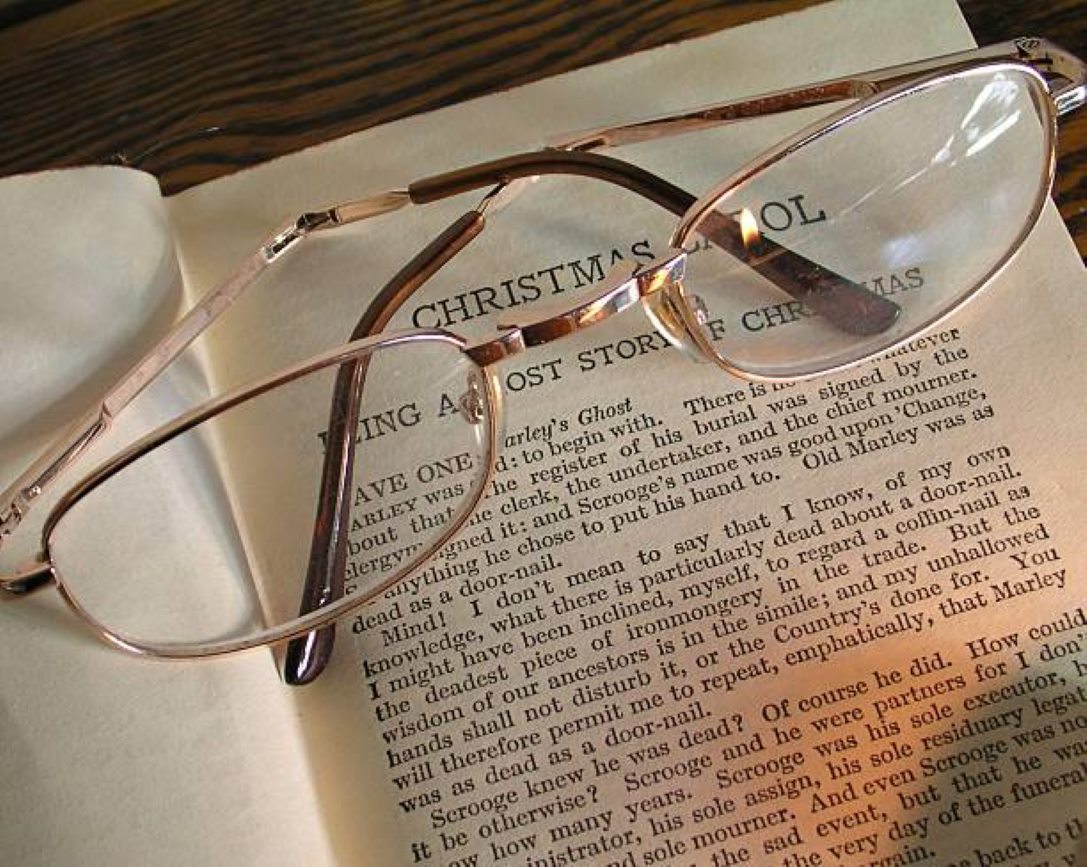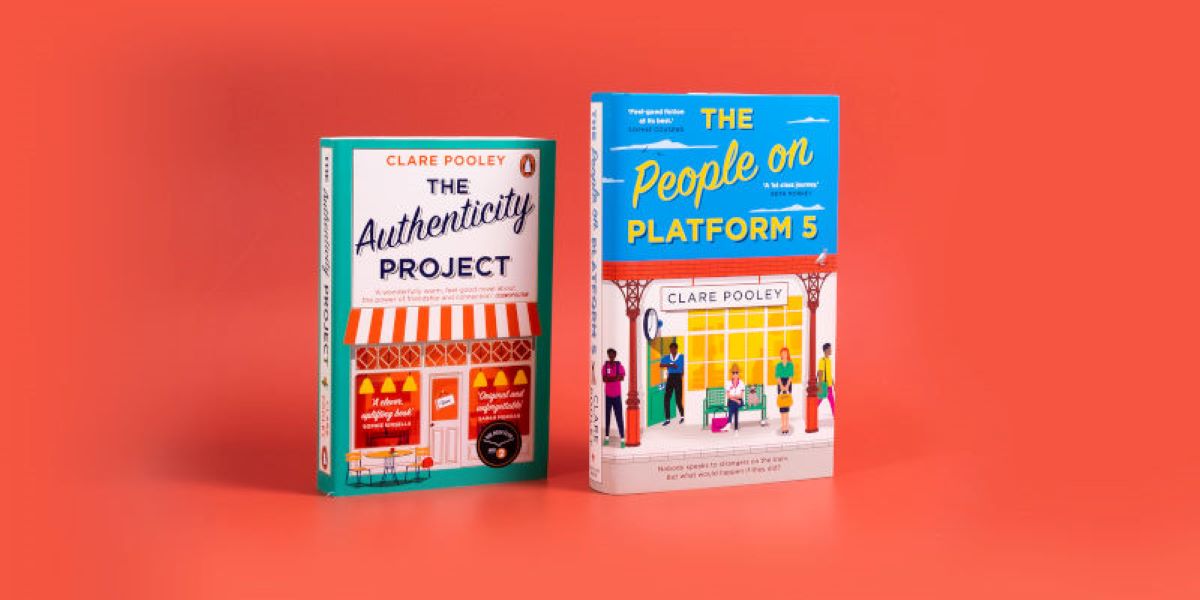By Maria-Nefeli Andredaki,
I recently finished The People on Platform 5 by Clare Pooley, which was the next chosen read for my book club and, let me tell you, it had been a long, long time since I read a feel-good story that accurately conveys the magic of mundane, everyday life. It also got me thinking about trains and how they basically comprise a separate world of their own.
As far as the book is concerned, Iona Iverson should probably go down in history as one of the most iconic main characters ever! Seriously, she ticks all the boxes; stylish and coquettish, confident and self-aware, strategic and stubborn, openly lesbian and unapologetically middle-aged, with a glamorous socialite past that puts all influencers to shame. All of the above make Iona (according to her glorious self) an excellent judge of character, which has afforded her an almost life-long position as an advice columnist for a magazine (or “agony aunt”, as one of the characters puts it). An incident of a near-death experience caused by a grape brings Iona and a diverse group of people together, intertwining their lives in ways they could never imagine, while teaching the reader about mental illness struggles, regret of life choices and starting from scratch, domestic abuse and manipulation, teenagers and social media and, above all, the importance of friendship. This book deals with a long list of issues, in a manner that is easy to digest while also allowing you to understand the depth, danger and seriousness of each character’s situation. It will definitely bring a tear or two by the end, so just make sure you have a couple of tissues nearby. I assure you that you will find a piece of yourself in every single one of these characters, something that I think Pooley should be applauded for.
Most of the story is situated inside the train with which the characters commute to work and school. It is the place of their first meeting, the place where they come together to speak about their problems, where they get to know each other and, ultimately, the place without which, their life-altering friendship would not have bloomed. It is amazing to think about how much time we spend in these spaces while commuting, how many people we come in contact with and how much potential they have to change our lives.

Back in the 19th century, when railways were first constructed in England, trains were, first and foremost, an opportunity for mobility; it was absurd how one could get from one place to another at such speed (for the time’s standards). They were also extremely dangerous, with many accidents happening due to the lack of adequate technology, which lead to miscommunication, confusion and consequently, many deaths. The beloved author Charles Dickens was actually involved in a train accident, when, coming back from a trip to Paris, some carriages of the train fell into a gap where the tracks were being repaired. Luckily, Dickens survived but the experience left him deeply traumatized and influenced some of his later works, such as Our Mutual Friend and The Signal-Man.
When we talk about mobility, it is important to mention how trains affected social relations as well. In the Victorian era, trains were one of the very few spaces where people were not forced to uphold social norms, meaning that they were able to turn off the performance of a proper and chaste lady or a respectful and collected gentleman, which often turned train carriages into breeding grounds for sexual relations; a place where people took off their mask and gave into their true desires that were restrained by societal rules and deemed improper. Of course, this also added to the dangerous aspect of trains, since unaccompanied women who were seated in the same carriages as men would often be sexually assaulted, with no one to help.

This, along with the belief that women were incompetent travelers when on their own or the notion that women who did travel alone were often sex-workers and involved in extra-marital affairs (because why else would a woman exist unaccompanied, right?), resulted in depriving women of the freedoms that trains provided to men, meaning the comfortable spatial mobility, the safety and protection when diverging from social norms, etc.
All in all, trains now, as much as in the past, can be characterized by the term “non-space” which clearly describes this liminality that encompasses both the private and the public sphere, allowing someone to partake in both and neither at the exact same time. Clare Pooley’s novel is a lovely example of how the train is not only a means of transportation, but a whole separate world where people can make meaningful connections and carve out their own private bubbles among the thousands of everyday passengers.
References
- Charles Dickens and the Staplehurst Railway Accident. Charles dickens Info. Available here
- Anna Despotopoulou. “Women and the Railway, 1850-1915”. NCGS Journal. v 12.1. Available here
- Clare Pooley. The People on Platform 5 Clare Pooley. Bantam Press. London. 2022.




